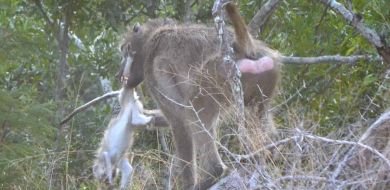Unsung Heroes Vol. 4
on Aug 17, 2018Antelope
The first animal most people see on safari is some sort of antelope. They are abundant, successful animals and here in Sabi Sabi we are fortunate to have a variety of different species. They are found in diverse habitats ranging from open grasslands to dense woodland and even on rocky outcrops. Antelope range in size from small to large and have many different designs from spots to stripes and even rings. They are perfectly adapted for their specific lifestyles.
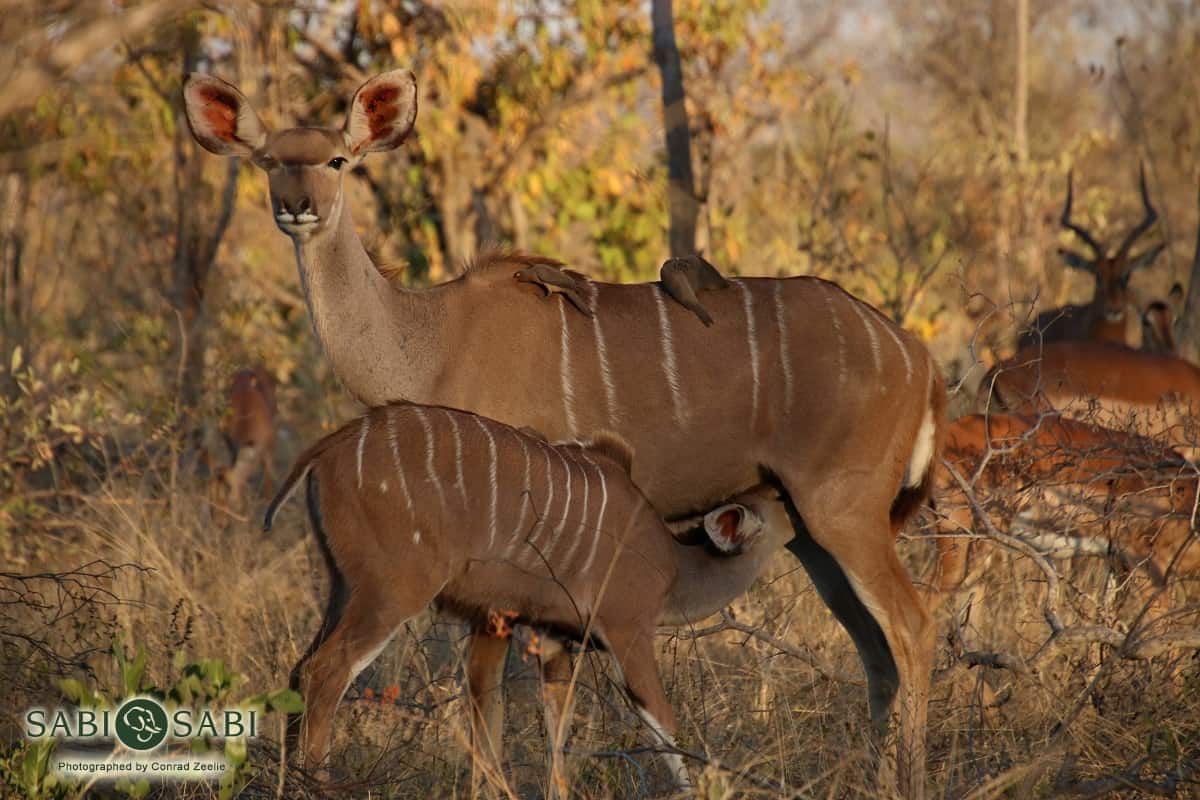
What is the difference between antelope and deer? We have no naturally occurring deer in South Africa. The big difference however is that antelope have horns and deer have antlers. Horns are paired, permanent and grow throughout the antelope’s lifetime whereas antlers are branched and shed annually.
The tragelaphines (or spiral-horned antelope) in Sabi Sabi consist of the kudu, nyala and bushbuck. They are bush antelope meaning they prefer to live in dense habitats with plenty of cover such as rivers or drainage lines. They are mixed feeders and eat grass and well as leaves and fruit. These antelope rely on their camouflage to prevent predation and are equipped with either stripes or spots (or both) to help break the outline of the animal. The kudu is the largest antelope in our area and is famous for the males having an impressive, spiraling set of horns.
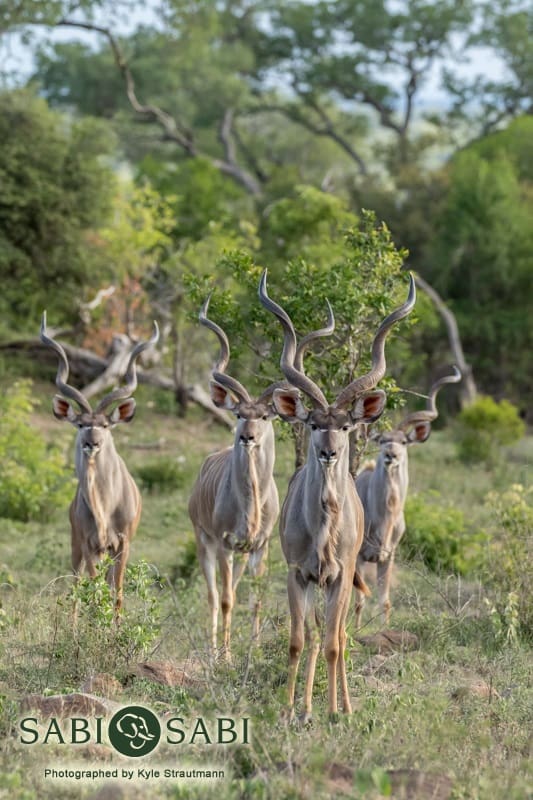
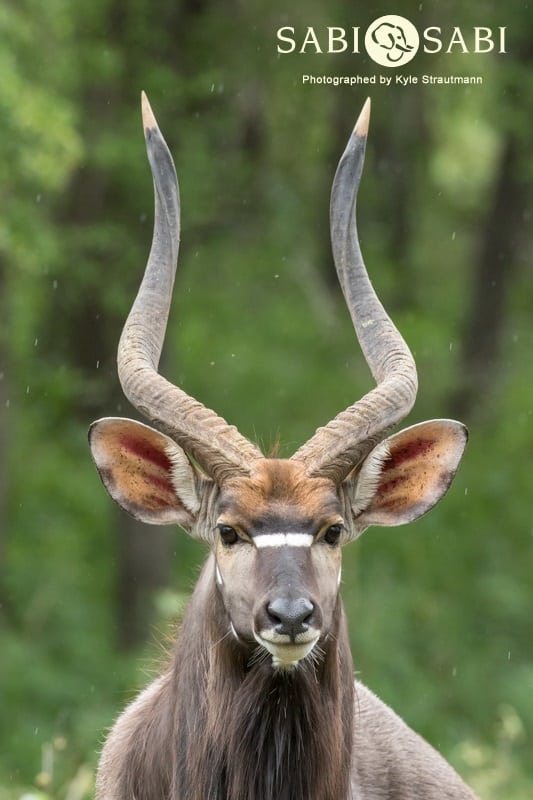
The water-dependent antelope include waterbuck and reedbuck (which is not often seen). These antelope are strictly grazers and are always found close to water and will even run into the water when threatened. They have a musky scent as a result of sebaceous glands in the skin which secrete a substance to help waterproof it.
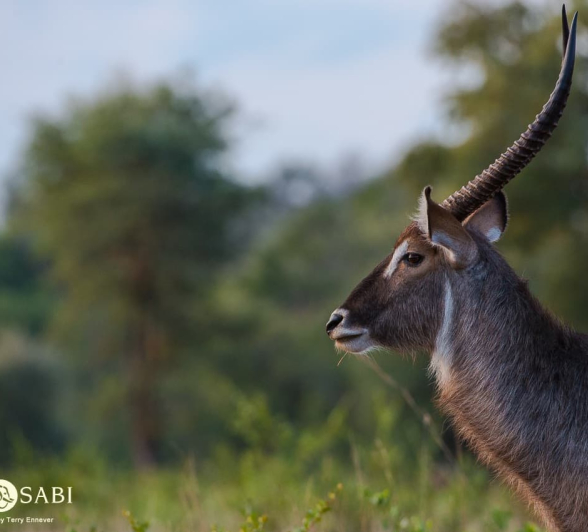
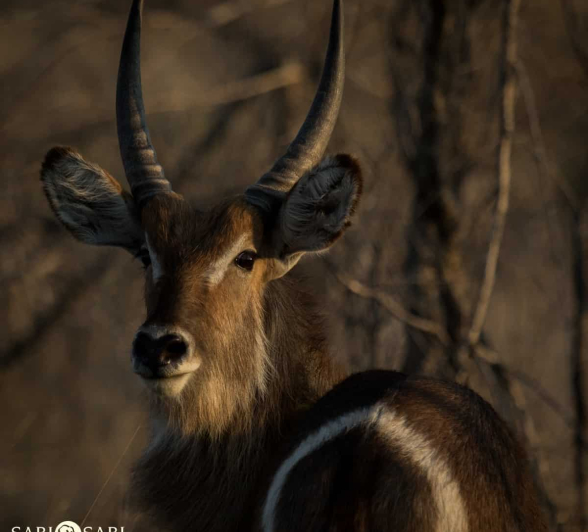
The small antelope include the steenbok, grey duiker and klipspringer. These antelope are small and usually found solitary or in pairs. The pairs defend and demarcate their territories against others of the same species.
Steenbok (translating to “brick buck referring to their colour) are light brown with white bellies often found on open areas whereas the grey duiker (meaning “diver”) is found in thickets.
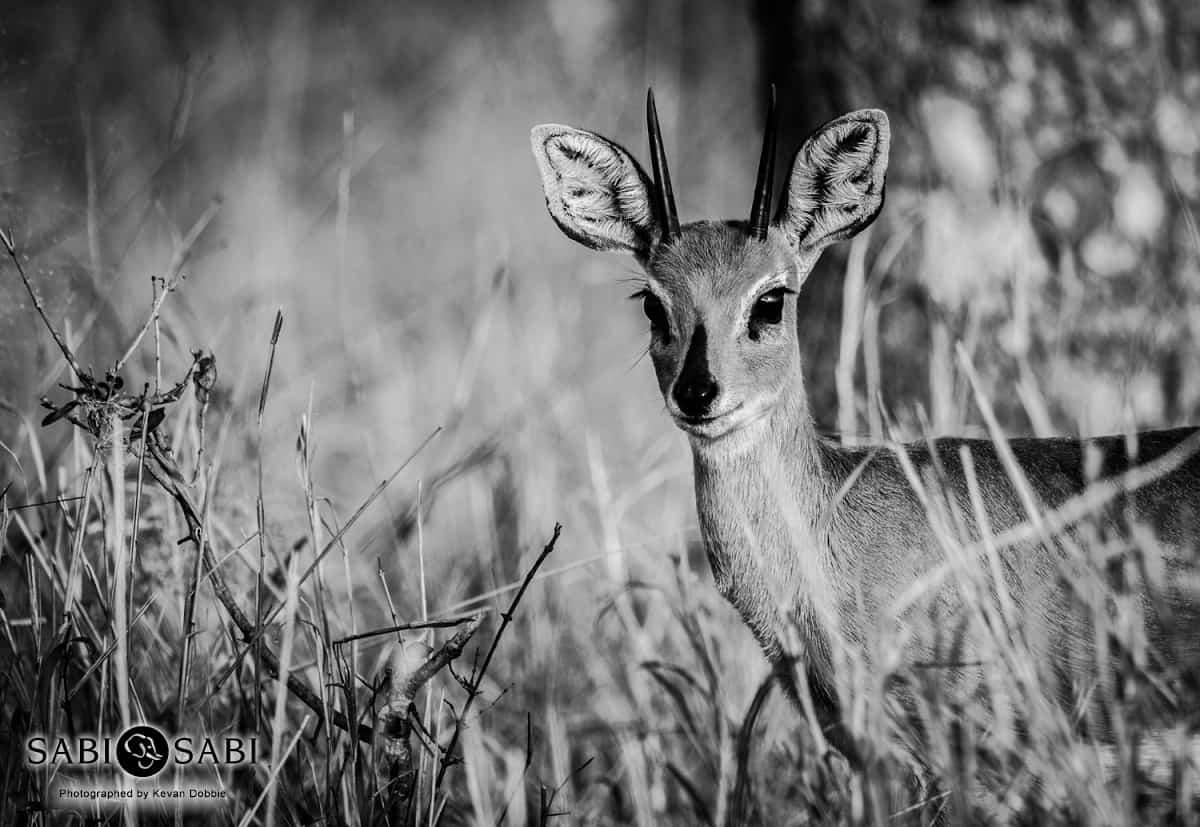
The klipspringer (meaning “rock jumper”) is restricted to rocky outcrops and can effortlessly move between our granite boulders. What makes this antelope so special is the fact that it has hollow, coarse hair which acts as a shock absorber in case the klipspringer had to slip and fall! It is also said that the hair can help with thermoregulation in a harsh habitat such as rocky outcrops.
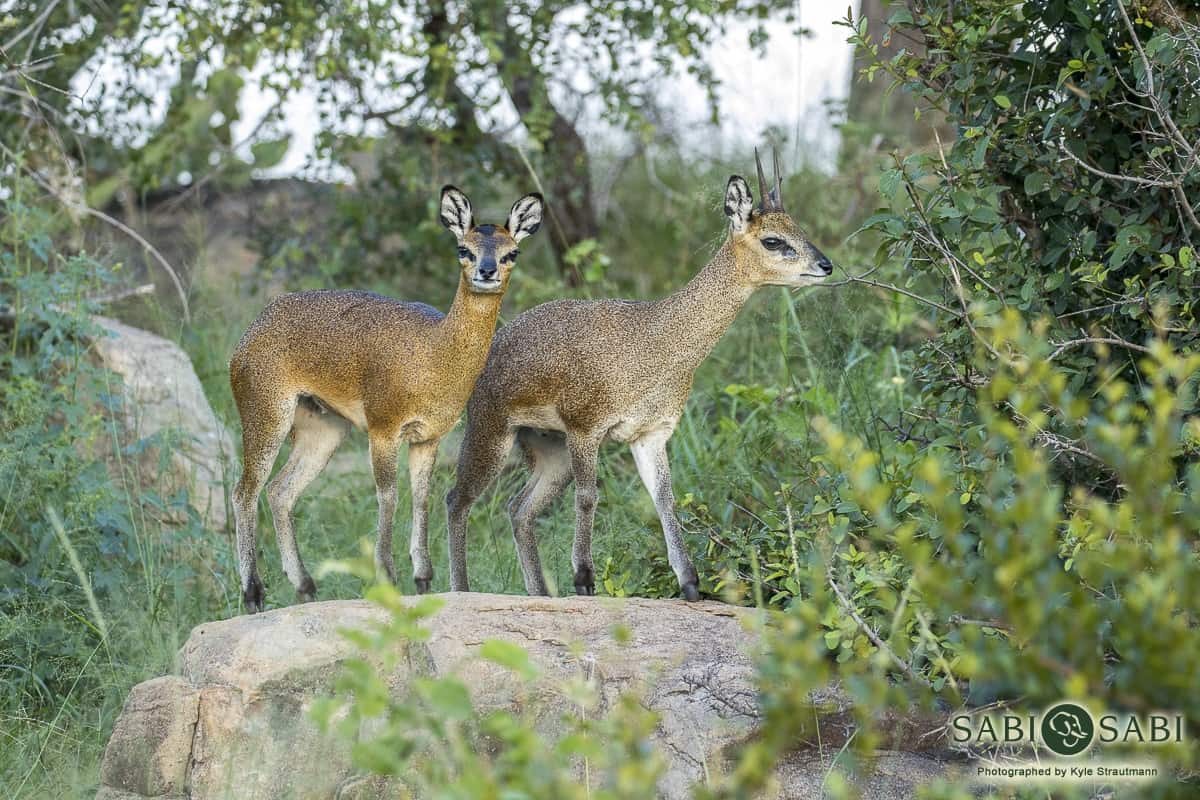
The infamous impala is the most abundant of all. They are specialists in this area and are found in all habitats. Refer to impala blog for more...
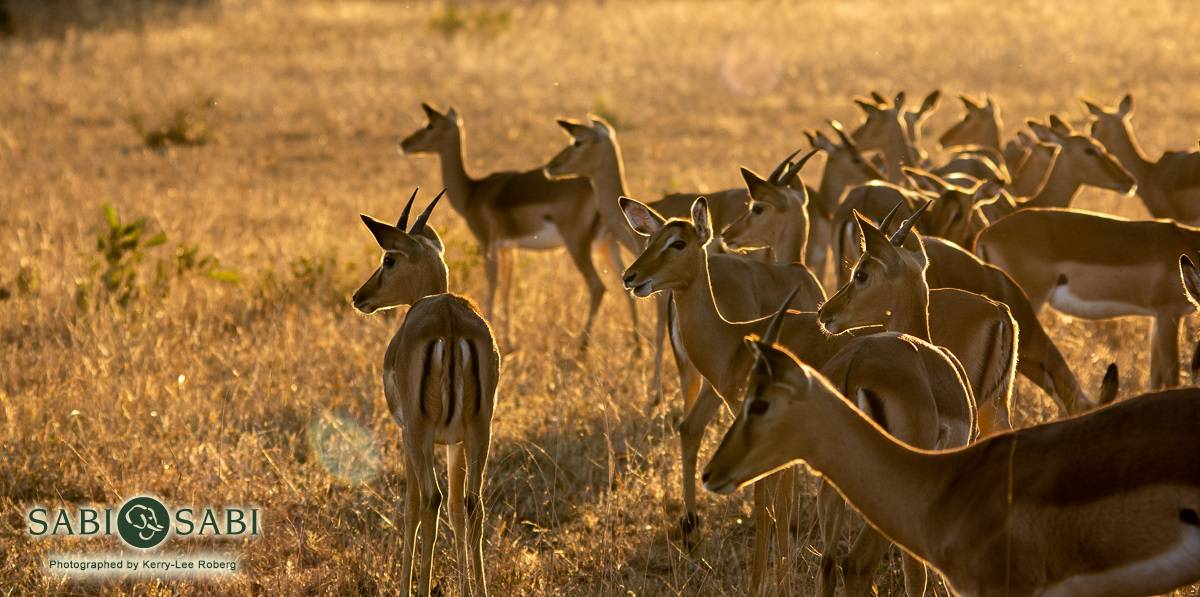
The blue wildebeest (or the brindled gnu) is a well-known grazer found on the open plains. They feed on short grass and often associate with other herbivores for safety in numbers. They do not migrate here as there are enough resources all year round.
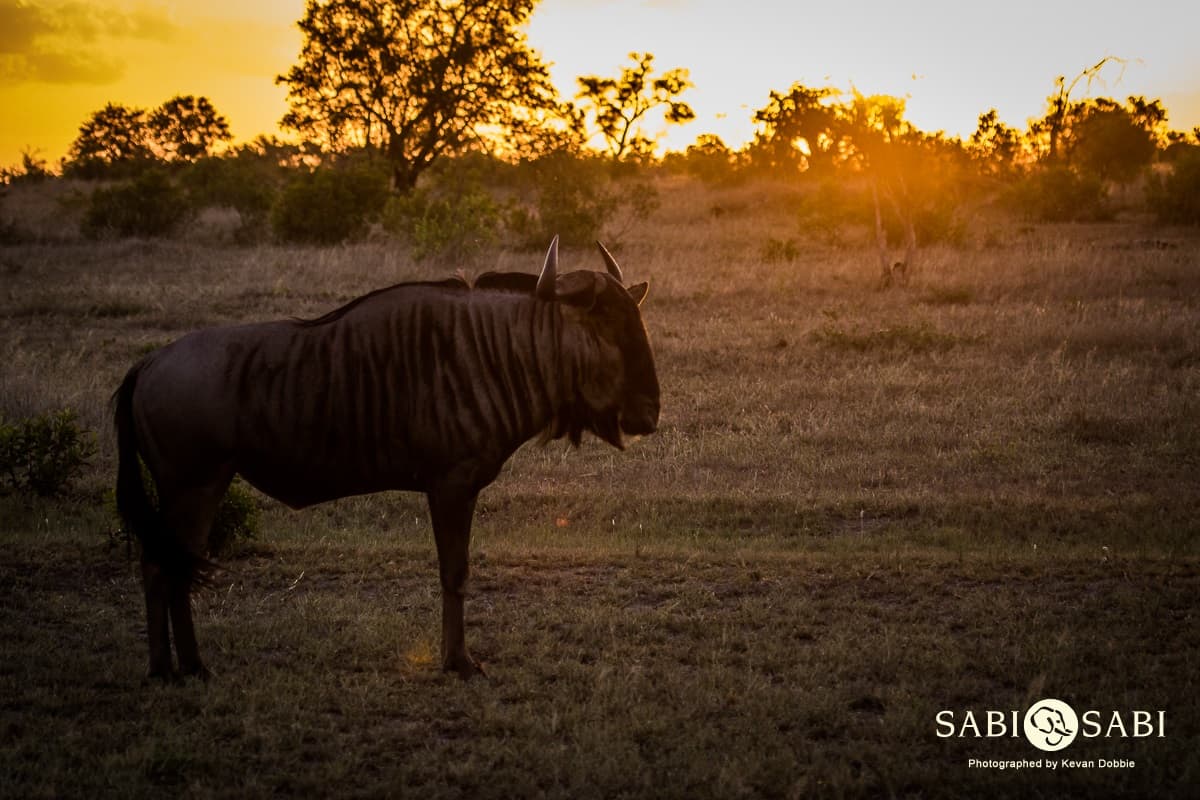
Safari would not be the same without these amazing antelope. They each have a vital role to play... and without them, we would not see the predators we so often love to see such as lions and leopard.

